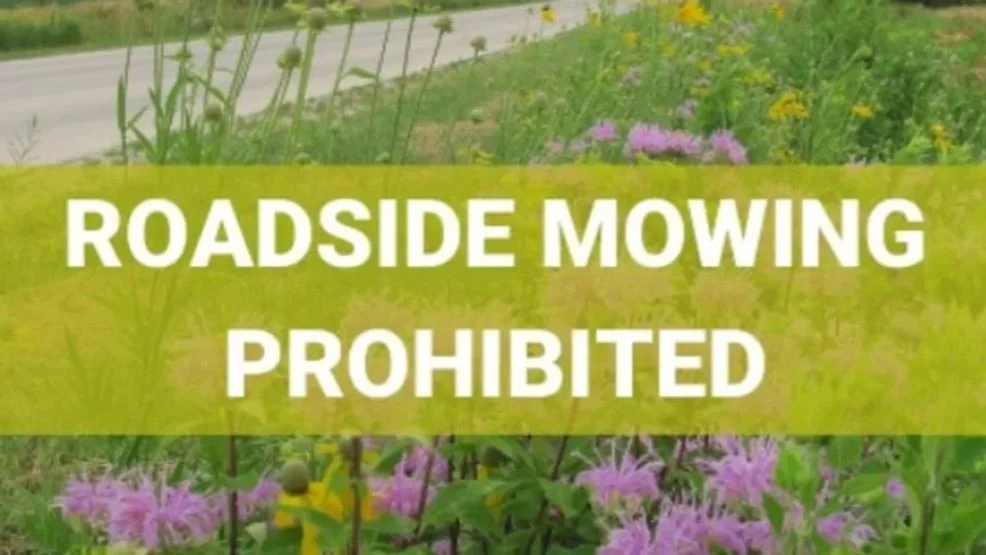
Protecting Wildlife: The Importance of Mowing Restrictions in Linn County
As spring unfolds, nature comes alive, and along with this beauty comes the responsibility to protect the fragile ecosystems that thrive in our backyards. Recently, Linn County officials issued a reminder to residents about the crucial mowing restrictions in place designed to safeguard wildlife during the nesting season. This initiative, in collaboration with the Linn County Secondary Road Department and the Linn County Conservation Department, aims to preserve the habitats of many local species.

Effective from now until July 15, state law prohibits any non-essential mowing—this includes the common practice of cutting grass for hay—on roadside vegetation within rights-of-way and medians on primary and secondary highways. The exception is made solely for safety reasons, such as maintaining visibility or managing noxious weeds. The rationale behind these restrictions is simple yet profound: protecting crucial habitats for nesting game birds, songbirds, and ground-nesting birds.
During this season, many bird species begin their nesting cycle, and untouched grasslands provide the protection these animals need. Additionally, these areas are vital for pollinators and other beneficial insects, many of which contribute significantly to agriculture by controlling pest populations. As such, the role of these grassy areas extends beyond just wildlife; they are interwoven with the wellbeing of our ecosystem.
For those who may find these restrictions burdensome, it is essential to recognize that the benefits far outweigh the inconveniences. Allowed activities include mowing for visibility within specific parameters, such as on the right-of-way near an inhabited dwelling or for accessibility purposes. These adjustments are minor compared to the greater good of fostering a thriving environment for our wildlife.
In conclusion, the decision to delay mowing during this critical period is a testament to Linn County's dedication to maintaining a balanced ecosystem. Local residents are encouraged to embrace these guidelines wholeheartedly. How do you plan to adapt your landscaping habits this spring to contribute to wildlife conservation? Share your thoughts and strategies in the comments below, and let's work together to protect our natural world.